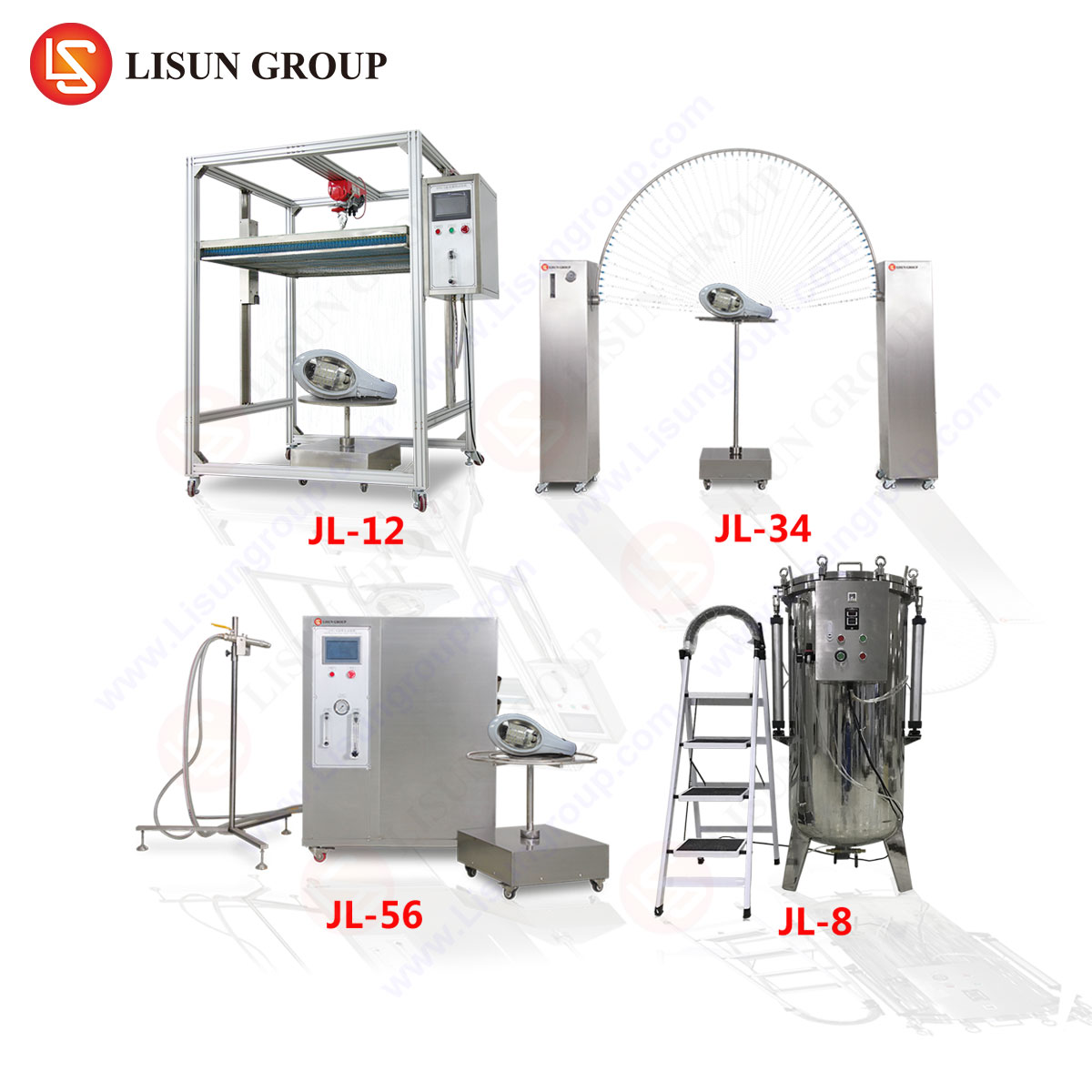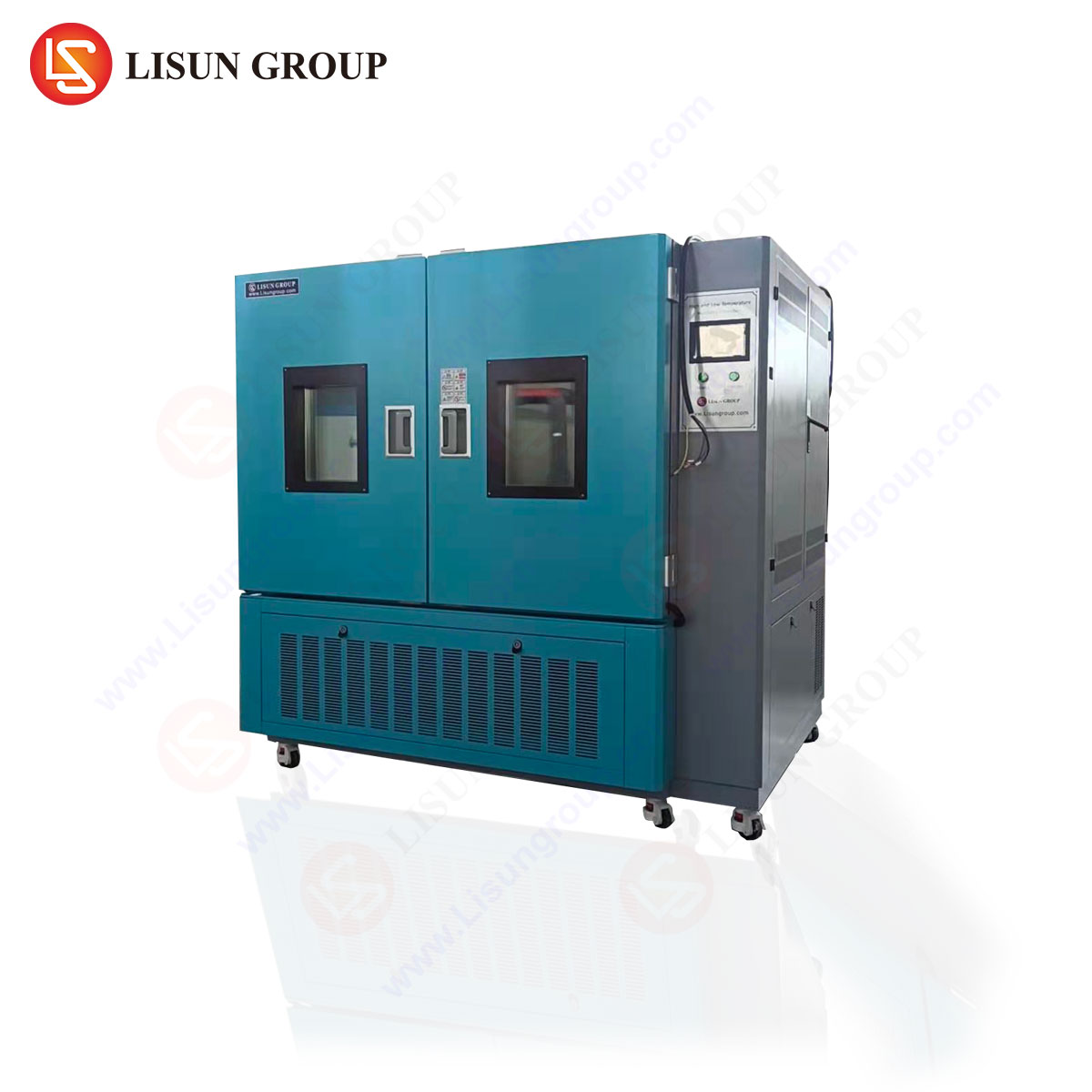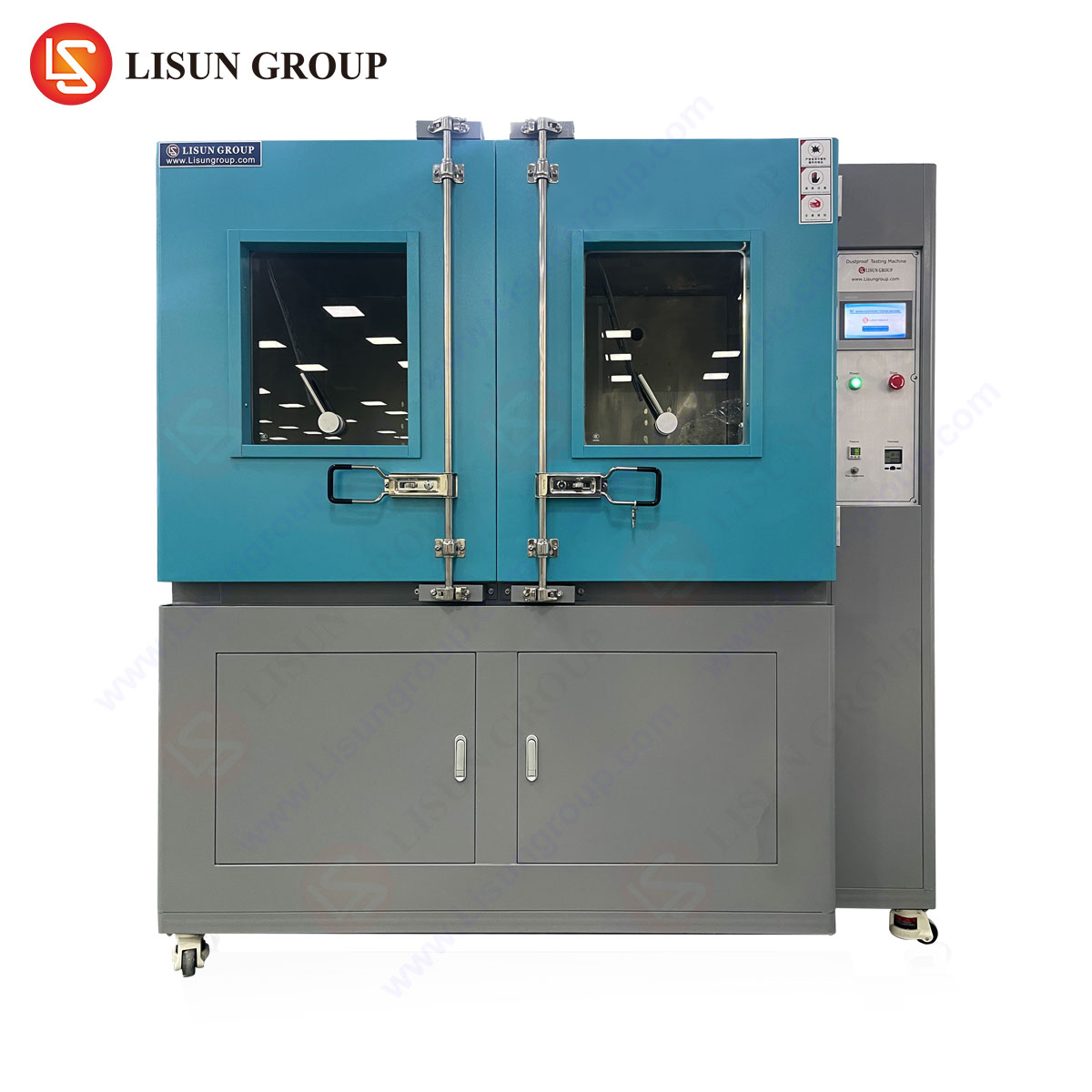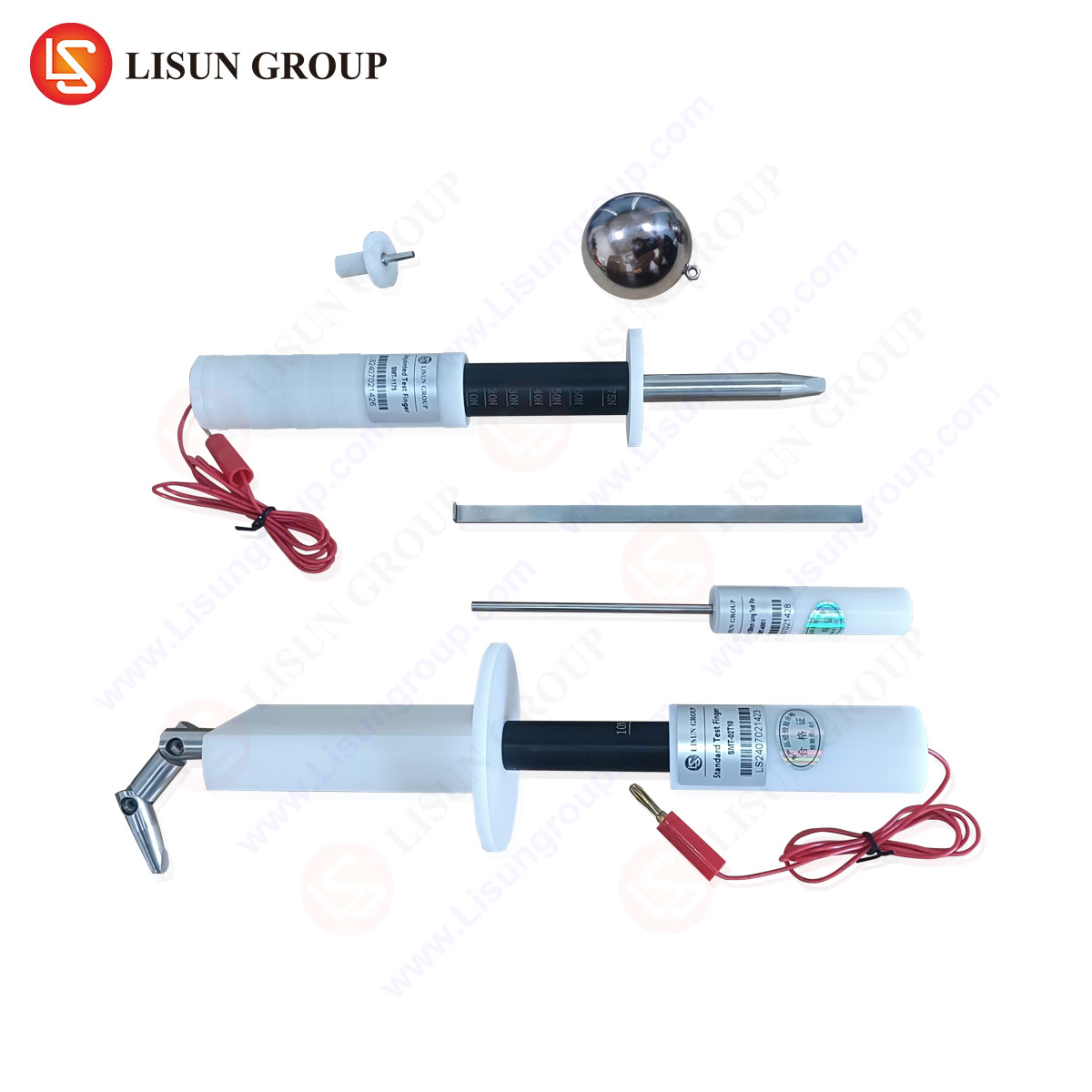Introduction to Impact Testing Mechanisms
Impact testing evaluates the resilience, durability, and structural integrity of materials under sudden force application. Among the various methodologies, the spring impact hammer serves as a critical tool for controlled, repeatable impact simulations. This device operates on mechanical principles, ensuring precise force delivery without external power dependencies, making it indispensable in industries requiring stringent material validation.
This article examines the working principle of spring impact hammers, their integration with environmental testing systems such as the LISUN HLST-500D Thermal Shock Test Chamber, and their applications across industries like automotive electronics, aerospace components, and medical devices.
Mechanical Design and Functional Components
A spring impact hammer consists of several core elements:
- Hammer Head – Typically constructed from hardened steel or tungsten carbide, the head delivers the impact force. Its mass and geometry determine the energy transfer characteristics.
- Spring Mechanism – A preloaded compression spring stores potential energy, which is released upon triggering, propelling the hammer head toward the test specimen.
- Release Mechanism – A latch or electromagnetic trigger ensures consistent energy discharge, minimizing variability between tests.
- Guide Rod – Maintains linear motion, preventing lateral deflection during impact.
- Energy Adjustment System – Some models incorporate variable spring compression to modulate impact energy, accommodating different testing standards.
The hammer’s kinetic energy (E) is calculated as:
[ E = frac{1}{2} k x^2 ]
Where:
- ( k ) = spring constant (N/m)
- ( x ) = compression distance (m)
Integration with Environmental Stress Testing
Material performance under impact is often evaluated alongside thermal and humidity stressors. The LISUN HLST-500D Thermal Shock Test Chamber complements impact testing by subjecting specimens to rapid temperature transitions (-70°C to +150°C) before or after mechanical shock. This dual-stress approach identifies failure modes in:
- Automotive Electronics – ECU housings exposed to thermal cycling and road vibrations.
- Aerospace Components – Composite materials undergoing thermal expansion and impact from debris.
- Medical Devices – Polymer casings tested for brittleness after sterilization cycles.
Key Specifications of the HLST-500D
| Parameter | Value |
|---|---|
| Temperature Range | -70°C to +150°C |
| Transition Time | ≤ 5 seconds (air-to-air) |
| Internal Volume | 500L |
| Compliance | IEC 60068-2-14, MIL-STD-810 |
Standards and Testing Methodologies
Spring impact hammers adhere to multiple international standards, including:
- IEC 60068-2-75 – Mechanical shock testing for electrical equipment.
- ISO 7765-2 – Impact resistance of plastic films.
- ASTM D5420 – Evaluating rigid plastics under pendulum impact.
For example, electrical sockets undergo IEC 60884-1 impact tests, where a 0.5J spring hammer verifies resistance to accidental drops.
Industry-Specific Applications
Electrical and Electronic Equipment
Circuit boards and connectors are tested for solder joint integrity under repeated impacts, simulating transportation shocks.
Lighting Fixtures
LED housings must withstand mechanical stress while exposed to thermal cycling, a scenario replicated using the HLST-500D.
Telecommunications Equipment
5G enclosures undergo combined thermal shock and impact testing to ensure durability in extreme climates.
Competitive Advantages of the HLST-500D
- Rapid Thermal Transition – Ensures faster test cycles compared to conventional chambers.
- Precision Control – PID-regulated heating/cooling minimizes temperature overshoot.
- Durability – Stainless steel construction resists corrosion in high-humidity environments.
FAQ Section
Q1: What is the maximum impact energy achievable with a spring hammer?
Most industrial models range from 0.14J to 50J, with adjustable configurations for specialized applications.
Q2: How does the HLST-500D ensure uniform temperature distribution?
Forced air circulation and strategically placed sensors maintain ±2°C uniformity per IEC 60068-2-14.
Q3: Can impact testing be performed simultaneously with thermal shock?
No, mechanical and thermal tests are sequential due to differing instrumentation requirements.
Q4: Which materials benefit most from combined impact and thermal testing?
Thermoplastics, epoxy resins, and composite laminates exhibit significant property shifts under dual stressors.
Q5: What maintenance is required for spring impact hammers?
Regular lubrication of guide rods and spring tension verification ensure consistent energy delivery.







